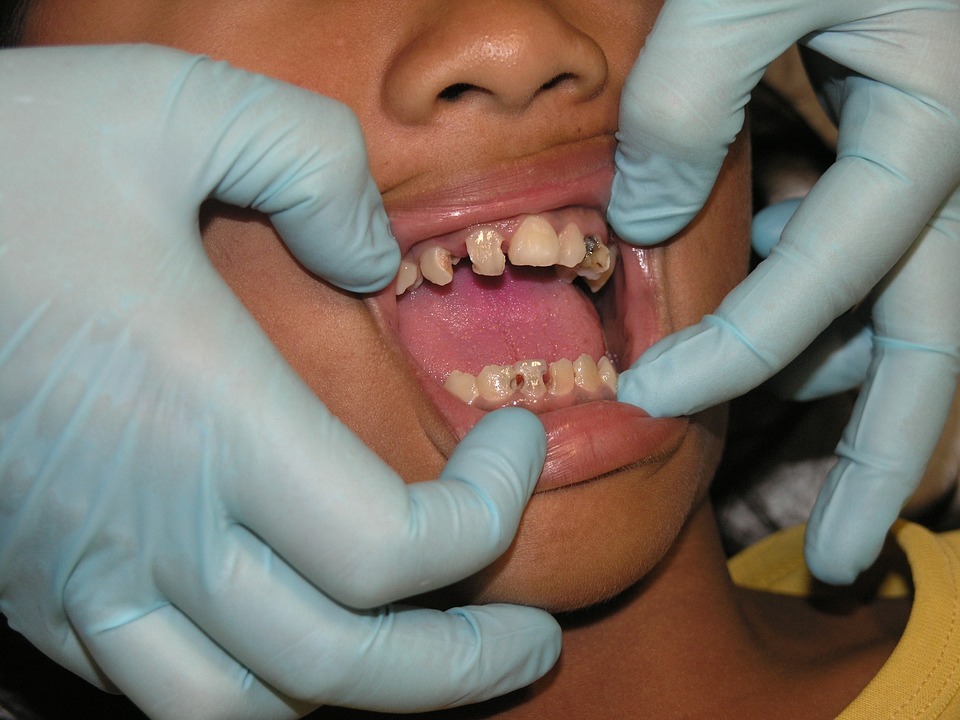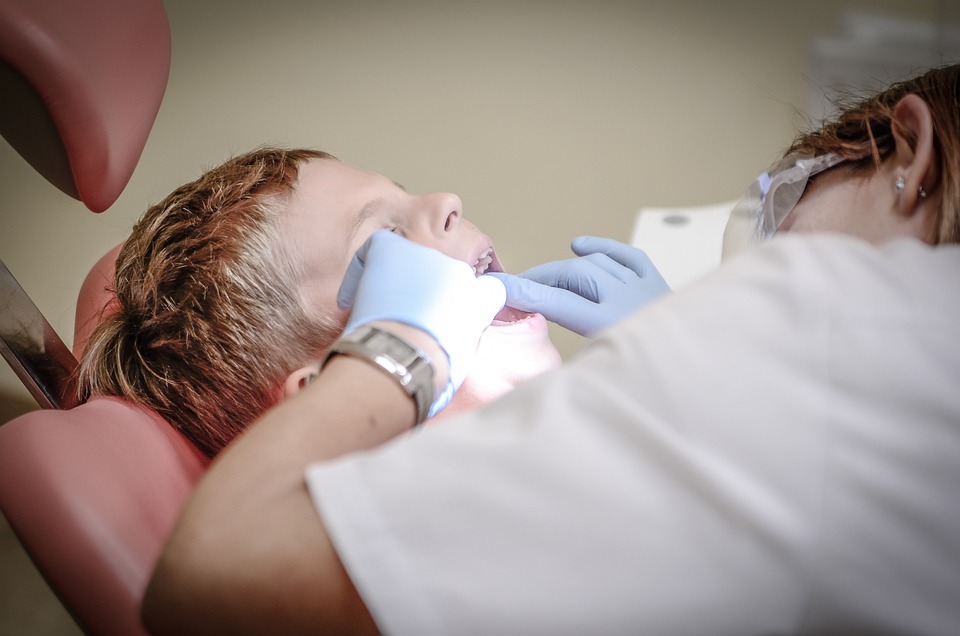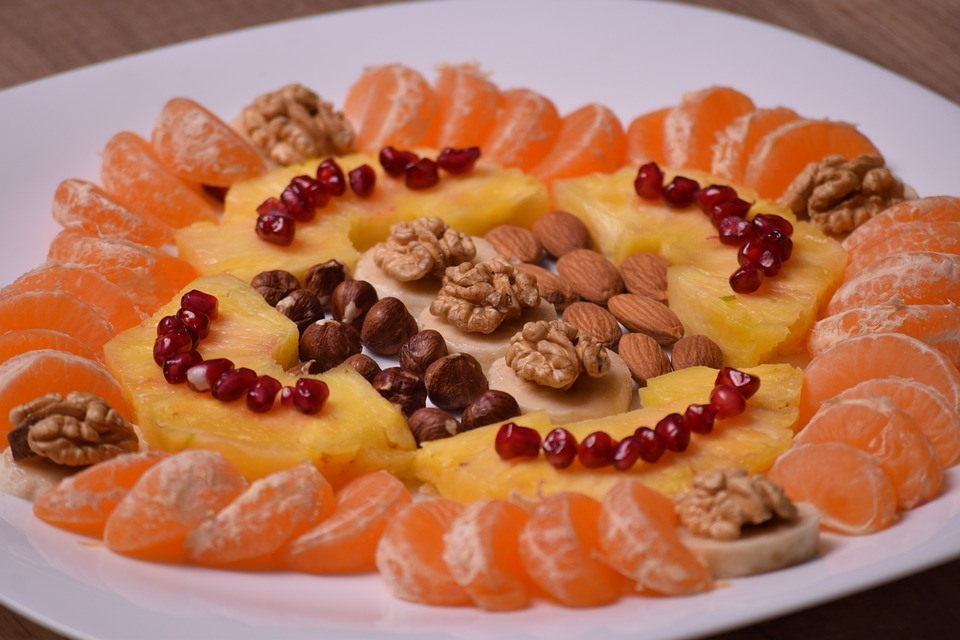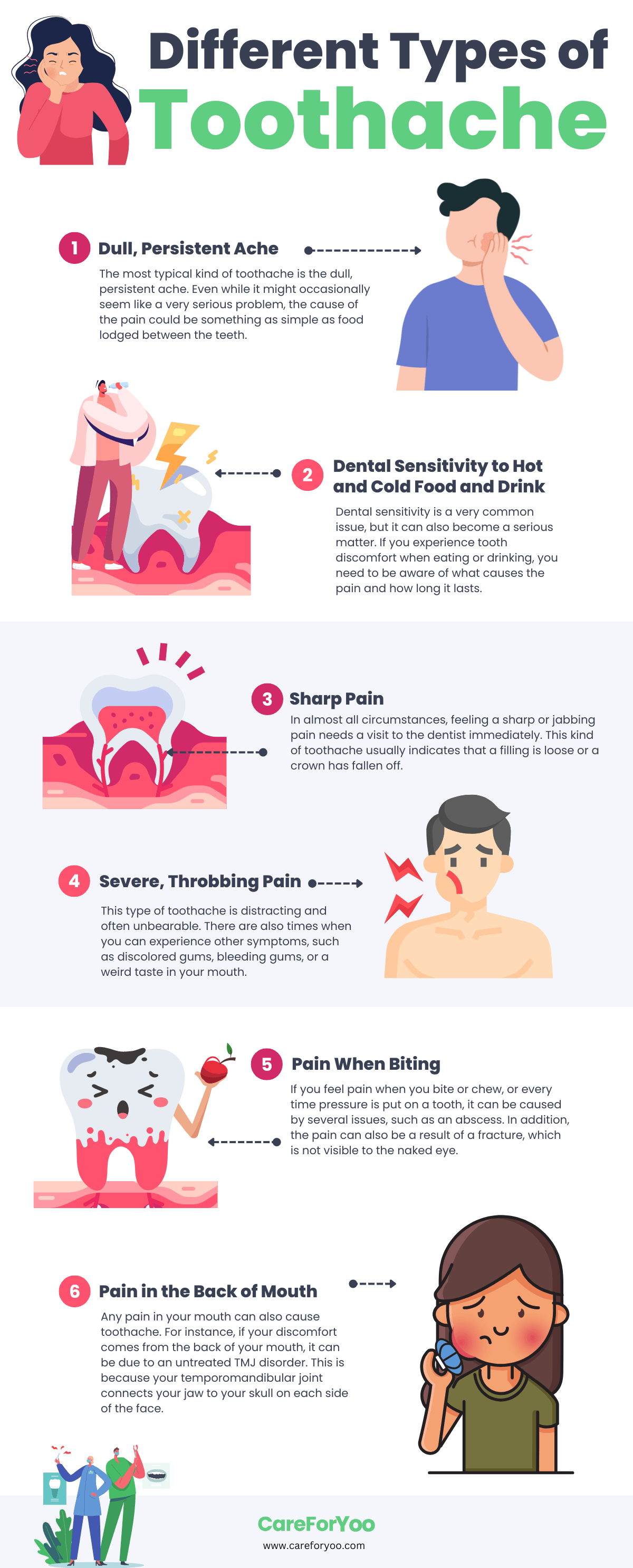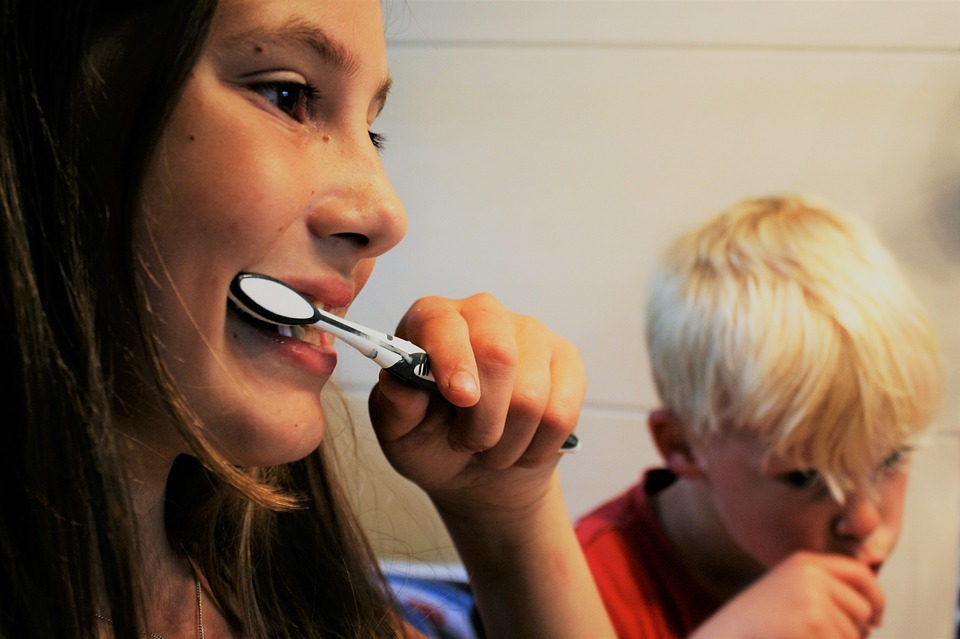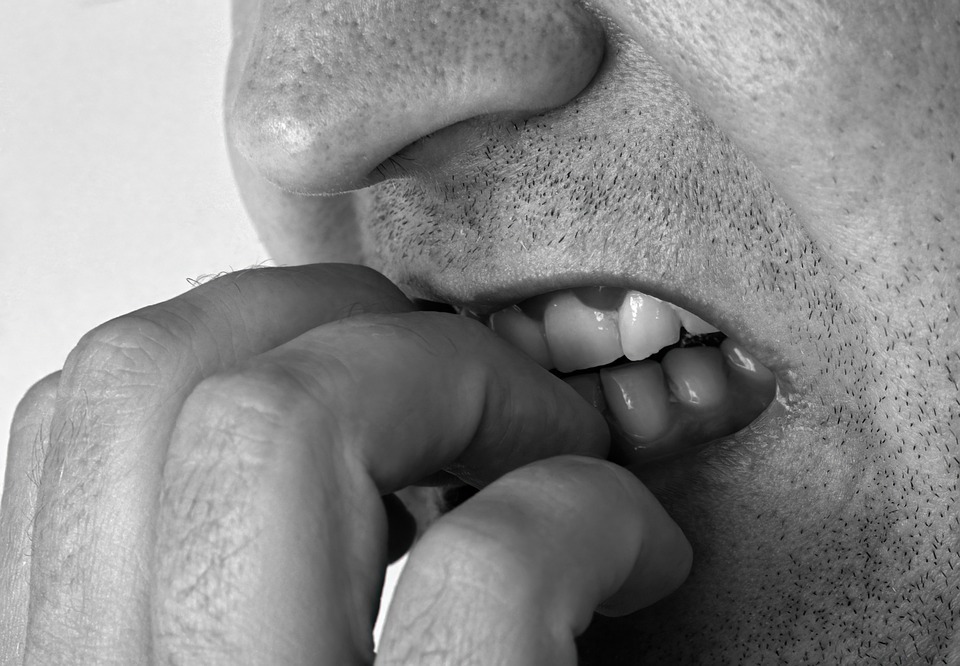It’s never too early to start taking care of your child’s teeth and should start as soon as their first tooth appears. As a parent, you want to do everything you can to make sure your child has strong and healthy teeth. Taking care of children’s teeth is an important element of their overall health. Healthy teeth allow for proper digestion and nutrition, as well as proper speech development. Proper dental care also sets the foundation for positive and lifelong habits in dental hygiene.
Unhealthy teeth, on the other hand, can lead to tooth decay, gum disease, and even affect overall physical health. Taking preventative measures early on can help your child avoid cavities, tooth decay, and related issues in the future. It is important for parents to monitor their children’s dental health habits from an early age in order to prevent any long-term issues later down the line.
This blog post provides an introduction to why dental care is so important for children and offers some tips on how to protect your child’s teeth. We’ll discuss the importance of good oral hygiene, the best foods and drinks for your kid’s teeth, and the types of dental treatments your child should receive. By following these guidelines, you’ll be able to ensure that your child has beautiful, healthy teeth for years to come.
Start Dental Care Early
Starting a dental care routine early is essential in protecting your child’s teeth. If possible, it is best to start brushing even before baby teeth have formed in the mouth. Begin brushing with a soft-bristled toothbrush and water in the morning and at night.
As soon as your child has his or her first tooth, you should begin using a soft-bristled toothbrush twice a day with a thin layer of fluoride toothpaste (only a tiny amount). Introduce flossing when two teeth touch and can be flossed together. But use only waxed floss, as it is less likely to cause irritation or damage young gums.
It can be difficult to introduce good dental care habits in young children. However, familiarizing them with brushing and flossing early on will help them become comfortable with the routine as they get older. Make sure your child knows that brushing and flossing will help keep their mouth clean, healthy, and full of happy smiles! There are several ways you can make brushing fun for young children, like using fun flavors of toothpaste or having them brush along with you in front of a mirror.
Regular Dental Check-ups
In addition to consistent brushing and flossing routines, it is important for children to get regular dental check-ups as well. It’s a good idea to introduce your child to the dentist from an early age, preferably when they are two or three years old. This helps them become comfortable with the idea of going for regular check-ups.
The American Dental Association recommends that children visit the dentist every six months for a thorough dental exam and cleaning. This will help detect any potential issues early on and ensure timely treatment. With regular checkups, a dentist can identify any signs of decay or other oral health issues on time, and help prevent them from developing into something more serious down the road.
When preparing children for their first dentist visit, it is important to keep things positive and upbeat. Letting them pick out their own toothbrush beforehand can make things more exciting and give them something to look forward to during their visit. Explaining everything that will happen during the dentist appointment can also help make them feel a bit more comfortable if they are feeling nervous or scared.
Healthy Diet
Maintaining a healthy diet is an important part of keeping your child’s teeth healthy. Eating foods that are high in calcium such as cheese and yogurt, as well as protein-rich foods like eggs and fish are beneficial for strengthening teeth enamel.
Additionally, limiting sugary or acidic snacks such as candy, soda, or sweetened juices can help reduce plaque buildup on teeth. It can also help protect teeth from cavities or erosion from acids that can lead to decay over time. Simple swaps like water instead of sugary drinks or carrots instead of candy will make a huge difference in your child’s oral health over time. Remember, prevention is better than treatment in toothache.
A balanced diet full of fruits, vegetables, and nutrient-rich food is important for overall health, including dental health. Here are some tips for providing a healthy diet for your child:
- Offer plenty of nutrient-rich food such as fruits, vegetables, dairy products, lean meats, grains, nuts and seeds.
- Limit sugary snacks such as candy or soft drinks.
- Offer water instead of sugary drinks throughout the day as it helps flush out acids from sugary substances that can damage teeth over time.
- If you do offer sugary snacks such as candy or ice cream, make sure they are consumed with meals rather than between meals when acid levels in the mouth are higher.
- Serve snacks like cheese sticks or yogurt that contain calcium, which helps strengthen teeth enamel. You can serve them in a Charcuterie Board as an enjoyable meal idea.
- Offer healthy snacks like fresh fruits and vegetables which are naturally low in sugar.
- Avoid sticky sweets like dried fruit which can stick to teeth and cause cavities more easily than other snacks
Proper Brushing and Flossing Techniques
In addition to consuming a healthy balanced diet, it is essential that your children brush and floss properly twice a day in order to maintain good oral hygiene habits. When brushing, use a soft-bristled toothbrush and brush each surface of the teeth evenly while making sure that no area is missed out.
Using fluoride toothpaste is essential in preventing cavities as well as removing plaque that can build up on teeth over time. Brush in short downward strokes to reach all areas of the mouth, including the backs of both top and bottom teeth. It will help ensure all surfaces are getting the proper care they need. Don’t forget to brush the tongue as well!
Flossing should be done once daily after brushing. When two or more teeth touch together, flossing helps remove plaque from in between teeth which can lead to gum disease if left unchecked over time. Use gentle sawing motions when flossing between each tooth rather than pushing too hard which could injure the gum tissue surrounding them.
Here are some tips for making brushing and flossing fun for children:
- Make sure your child has a properly sized toothbrush (not too large or too small).
- Talk about brushing with enthusiasm. Make it fun! Sing silly songs about taking care of teeth or play games while brushing so that your child looks forward to it instead of dreading it.
- Let them choose their favorite toothpaste flavor. There are many options available that make brushing enjoyable.
- Allow them to pick out their own toothbrush. Find one with a character they love on it so they can brush just like them!
Making brushing fun for kids can also motivate them to brush more often! There are lots of products available now designed specifically for children. From brightly colored toothbrushes with their favorite characters on them to interactive apps that turn brushing into a game, making brushing much more enjoyable for kids!
Mouthguards For Sports
If your child participates in any type of contact sport such as football or hockey, it is important to provide them with teeth protection in the form of mouthguards. Properly fitting mouthguards cushion the force from any blows or impacts suffered during athletic activities, which can prevent serious injuries such as broken teeth or even jaw fractures in severe cases.
Mouthguards come in a variety of materials, shapes, thicknesses, colors, and designs. The different types of mouthguards include
- Stock mouthguards which can be easily purchased at most sporting stores.
- Boil-and-bite mouthguards which mold around the shape of your child’s mouth when heated.
- Custom fitted mouthguards which are made by dentists specifically tailored towards your child’s mouth size and shape. These provide more protection than store-bought options due to their accurate fitment around all areas of the jaw bone structure.
Tips For Buying and Using a Mouthguard
Here are some tips for choosing and wearing a mouthguard:
- Choose a properly fitting mouthguard. If possible look into getting one custom fitted by an orthodontist or dentist as it will provide maximum protection against injury during game play.
- Make sure your child puts the mouthguard on before starting any physical activity. Accidents can happen quickly during game play!
- Teach them proper storage methods so that the mouthguard is kept clean when not in use. This will help reduce bacteria build up on the guard when putting it back in during playtime
Avoiding Bad Dental Habits
Many seemingly harmless practices such as thumb sucking, nail biting and even using pacifiers past two years old can negatively affect children’s dental health. These habits have to be broken at an early age. Thumb sucking can cause misaligned front teeth while nail biting can introduce bacteria into the mouth leading to gum disease, weakened enamel, infection or even broken chipped teeth due to excessive pressure caused by biting down too hard on the nails. If continued for too long into adulthood, they can lead to costly orthodontic treatment later in life.
It is important for parents to have open communication with their children about these kinds of bad habits to make them aware of how this could potentially affect their future dental health. Here are some tips for breaking bad dental habits:
- Make sure your child knows why these habits are bad for dental health. Explain them the long term impact these habits can have on their oral health over time, so they understand why it’s important to stop right now.
- Be gentle but firm. Use positive reinforcement rather than punishing them for having these habits. Rewards like stickers after successfully avoiding these behaviors will increase motivation, eventually leading to giving up these bad habits altogether.
- You can also provide them distraction by engaging them in other activities like games, art projects, or puzzles, so they keep their hands away from their mouths.
- Giving your child the freedom and autonomy the need when it comes to breaking bad habits will make all the difference over time.
Conclusion
To conclude, it is vital that parents take steps towards protecting their child’s teeth from an early age. Start early with dental care, visit the dentist regularly, give them nutrient rich foods, and utilize rewards systems to encourage changes in bad behaviors. Having healthy teeth gives children confidence in their smiles. It provides them with opportunities to grow physically, emotionally, socially, and academically in all aspects of life., which is something we all want the most for our kids!

